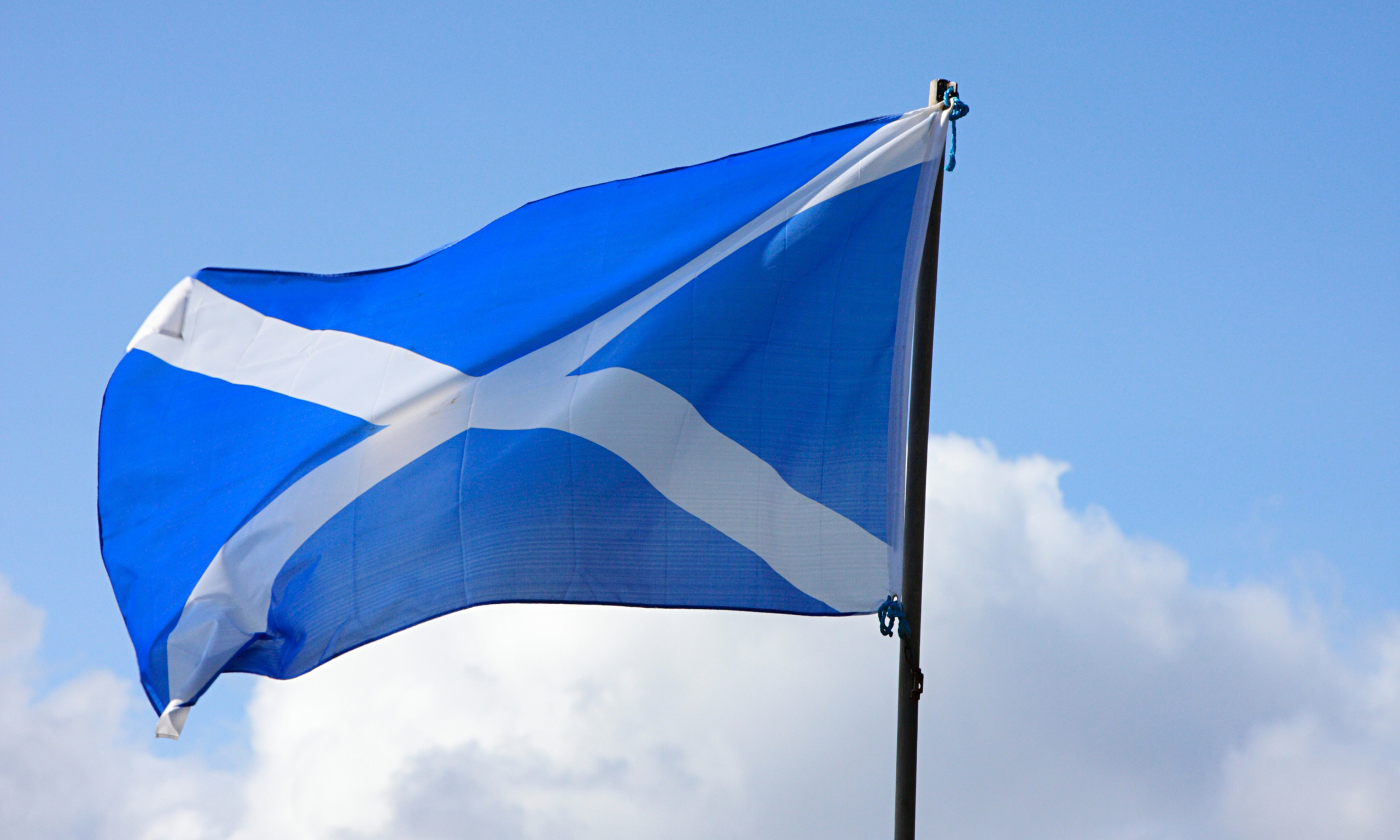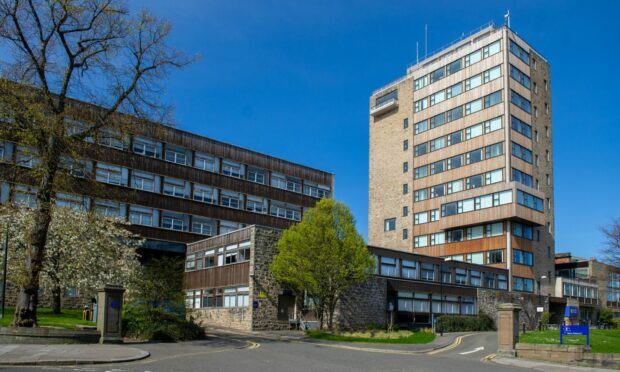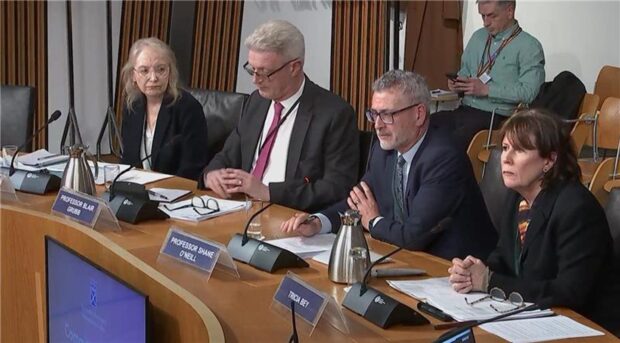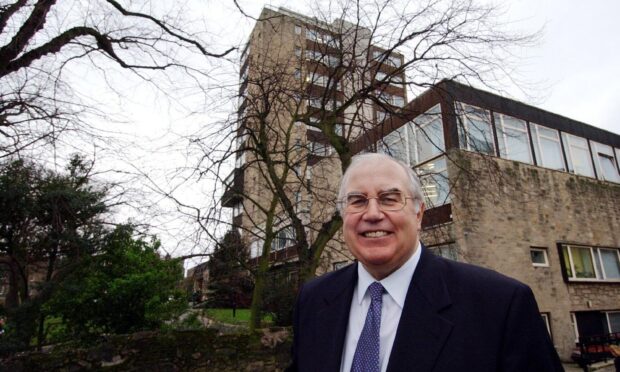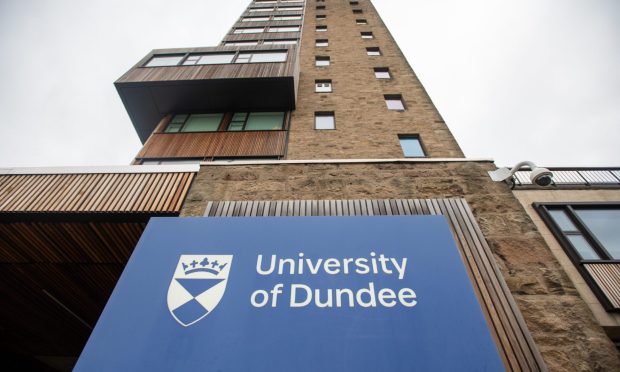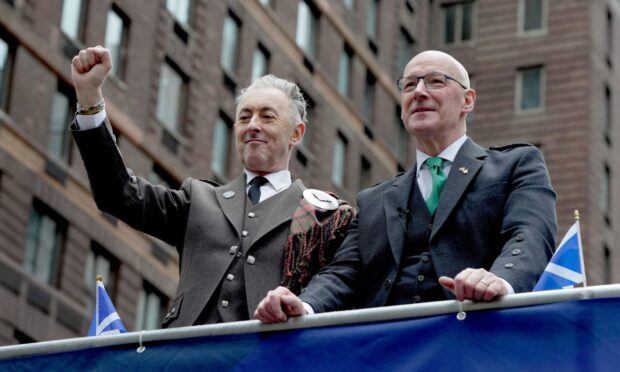An SNP blueprint for what could have been a central bank in an independent Scotland has been revealed.
Civil servants were working on plans for a Scottish Monetary Institute (SMI), which would employ up to 400 staff and cost about £50m a year to run.
Secretly hatched ahead of the 2014 referendum, the masterplan was based on the Bank of England acting as the central bank within a monetary union – a scenario ruled out by UK ministers.
But officials also floated the prospect of the SMI acting as a central bank in its own right with a separate Scottish currency.
The document, revealed under freedom of information laws, says that “under the proposed framework the Bank of England would continue to operate as the central bank for Scotland”.
It adds that if Scotland is required by the EU to have a separate central bank the “SMI can be expanded to fulfil the requirements”.
It warned SMI’s costs would be “considerably larger” if the UK Government continued to reject plans to share the pound and a central bank.
In a section listed “hot issues”, the analysis accepts the plans are dependent on being allowed to continue to use sterling and notes the EU requirement for new member states to aim to adopt the euro.
As well as the running costs, the paper estimates a £60m outlay on consultancy fees, as well as millions of pounds for transition.
Murdo Fraser, for the Scottish Conservatives, said: “It’s no wonder that the SNP haven’t brought these figures to light before now, as they detail the huge cost an independent Scotland would face in setting up its own monetary institute. Consultancy costs alone would be in the tens of millions.”
A Scottish Government spokesman said the draft plans, which were not signed off by ministers, “reflect conditions in 2014” and “do not necessarily reflect the Scottish Government’s current thinking”.
“This material shows the thoroughness with which Scottish Government officials prepared for an independent Scotland ahead of the 2014 referendum,” he added.
